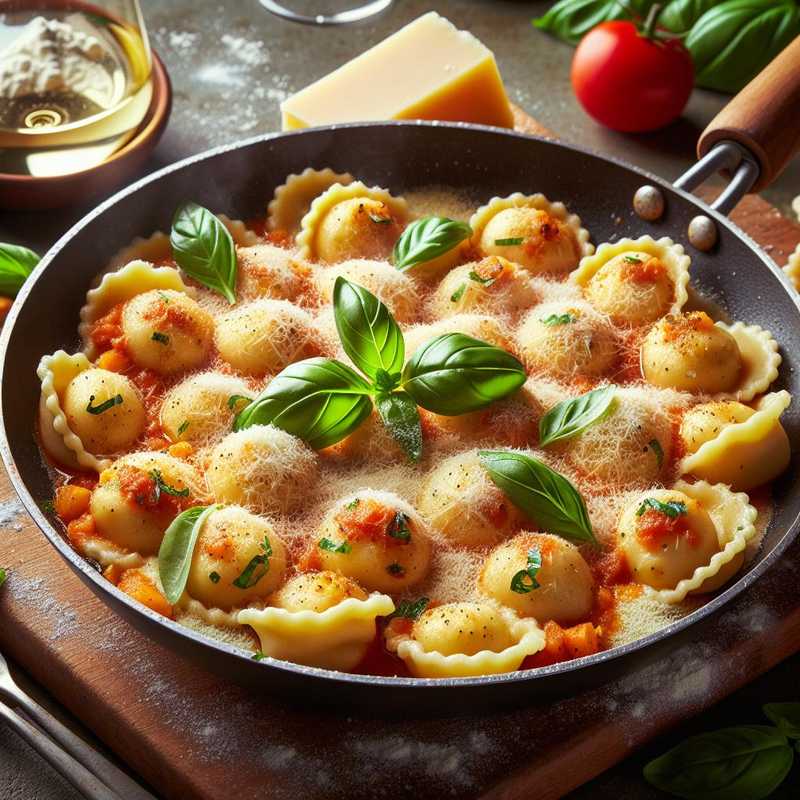Sardinian Culurgiones
17/11/2023Culurgiones are traditional ravioli from Sardinia, specifically from Ogliastra. They are known for their flavorful filling and their shape that resembles little wheat grains or ears. Here is the recipe for preparing Sardinian Culurgiones:
Ingredients
- 500 g of type 00 flour
- 250 ml of lukewarm water
- 1 kg of potatoes
- 200 g of grated Sardinian pecorino cheese
- 2 cloves of garlic
- A bunch of fresh mint
- Salt and pepper to taste
- Extra virgin olive oil
Preparation
-
Begin by preparing the dough for the pasta. Pour the flour into a large bowl, add a pinch of salt and gradually the lukewarm water. Knead until you get a smooth and elastic dough. Let it rest covered for about 30 minutes.
-
Meanwhile, wash the potatoes and boil them in water until they are soft. Drain the potatoes, peel them, and mash them to obtain a puree.
-
In a pan, fry the minced garlic cloves in a bit of extra virgin olive oil. Once the garlic is golden, remove it from the pan and add it to the potato puree.
-
Add the grated pecorino cheese, finely chopped mint, salt, and pepper and mix well until you get a homogeneous mixture.
-
Take the pasta dough and roll it out on a floured surface to a thickness of about 1-2 mm. Cut out circles of dough using a glass or a pastry cutter.
-
Place a small mound of filling in the center of each dough circle. Then close the culurgione by pinching and folding the edges to create the typical wheat ear shape (you can watch a video to learn the correct technique).
-
Bring a large pot of salted water to a boil and cook the culurgiones for about 5 minutes, or until they float to the surface.
-
Gently drain them with a slotted spoon and dress them with a drizzle of extra virgin olive oil and, if you like, a sprinkling of grated pecorino cheese.
Curiosity
Culurgiones are so representative of Sardinian food culture that some have proposed them as candidates to become part of UNESCO’s heritage. When prepared in the traditional way, the pinch that seals the filling is called “sa chiusura” and requires a specific skill and technique that has been passed down from generation to generation.
